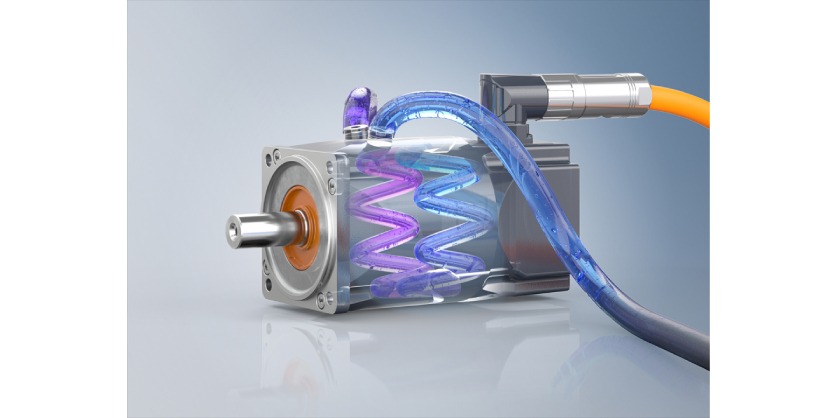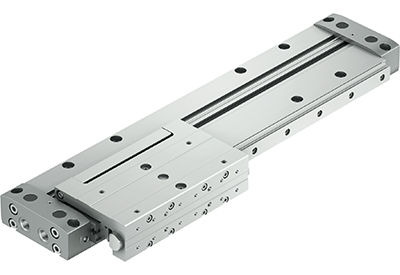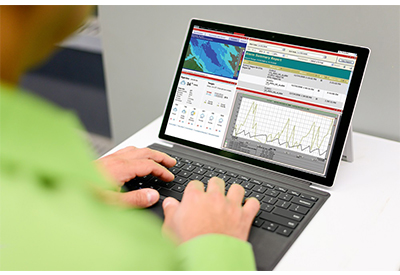AM8300 Servomotors Set New High-Water Mark for Performance
November 15, 2024

For applications requiring especially high speeds and dynamics, Beckhoff offers the water-cooled AM8300 servo series with standstill torques three times greater than conventional options
With the AM8300 servomotor series, Beckhoff expands its drive technology portfolio to include modular motors with integrated water cooling. Compared to conventional convection-cooled motors, these devices support higher speed requirementsand boost standstill torque by a factor of three. The efficient and effective cooling technology enables extreme power density, accommodating a rated power of up to 40 kW in the smallest installation spaces.
The AM8300 technology is based on the tried-and-tested AM8000 servomotor series and its advantageous modular system approach with numerous options and consistent availability. The new servomotors offer maximum dynamics with dependable performance: the increased speed and torque do not affect the rotor moment of inertia. The servos come in five flange codes that each have three length options – with standstill torques from 5.1 to 274 Nm. As such, the AM8300 series covers an extremely wide range of motion control applications.
The AM8300 motors also offer options for a backlash-free permanent magnet holding brake, shaft seal, and keyway. Depending on the size, they support numerous feedback systems such as resolvers or battery-less single and multiturn encoders with One Cable Technology (OCT) or Hiperface.
With the water-cooling system and IP65 rating, the AM8300 series also suits demanding environmental conditions – especially those with high ambient temperatures. Depending on the size, the AM8300 is equipped with a 1/8- or 1/4-inch thread for connecting the cooling circuit.
More Information
Related Story
TwinCAT PLC++: Next Generation PLC Technology
Based on well over 40 years of experience with state-of-the-art automation technology, Beckhoff presents the newly developed TwinCAT PLC++, enabling control engineers to make a real leap in project performance. Both engineering and runtime can be accelerated, while the well-known TwinCAT advantages of consistent integration, compatibility and openness continue to be delivered.





